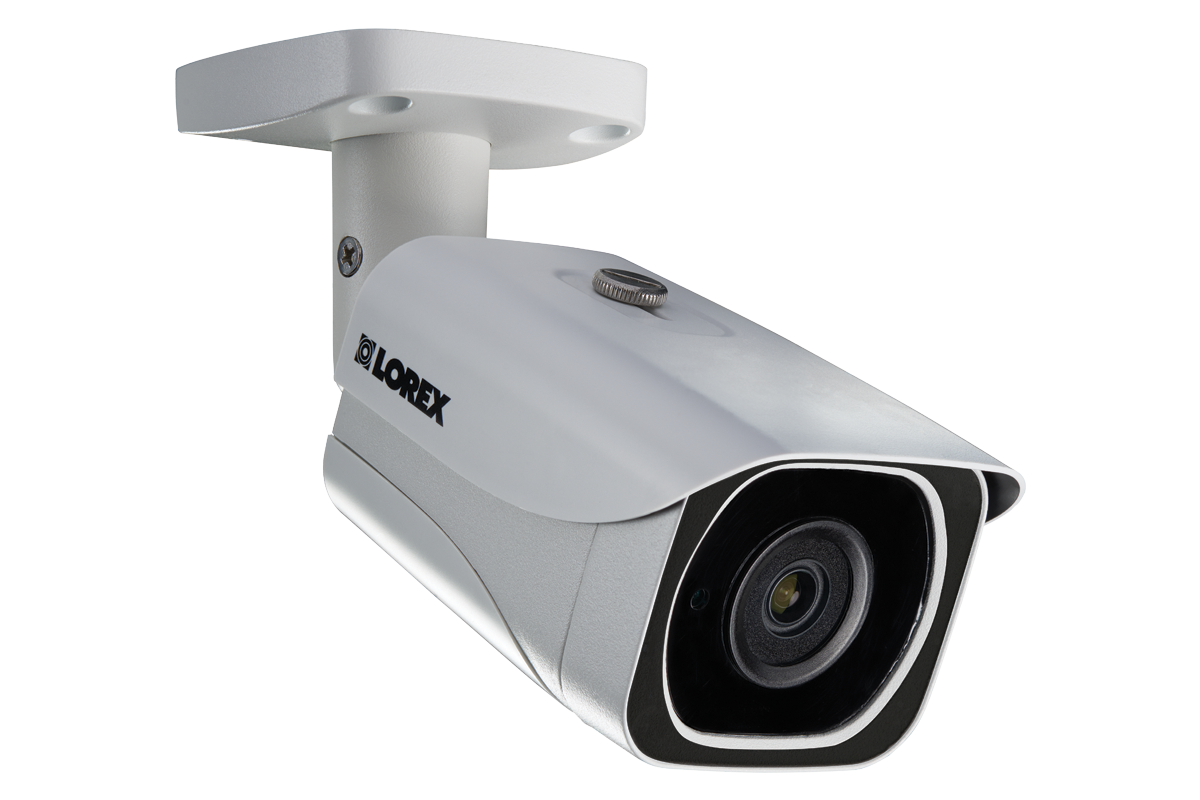

Most of us are familiar with IP cameras, even if we have not specifically heard of this term before. While most of us may refer to them as CCTVs, they are actually not the same thing. IP cameras and CCTVs roughly serve the same purpose, however the difference is that IP cameras can be accessed over a network connection which means that the live footage can be viewed remotely from any location with a connection, as long as one has the login credentials to the camera.
In recent years, many companies have switched to IP cameras rather than CCTVs as their choice of surveillance camera, for several reasons. Firstly, as mentioned, the IP camera can be accessed remotely from a different location. This makes it more convenient, especially for home use, for example if a parent wishes to view live footage to check on their child while they are at work.
On top of live video footage, the IP camera also have live audio functions and some of them even have 2 way audio which means on top of hearing live audio from the source of the camera, the viewer can also relay audio to the source, so the IP camera in essence also can double up as a communication device.
The IP camera also does not require a power supply to operate. Similarly to WiFi routers, it is able to source power through ethernet cable in order to function. This is known as Power over Ethernet (PoE) and it means that the IP camera will require only 1 cable to provide both data connection as well as electric power.
Despite all these, there are also major down sides to using IP cameras, which some users are not even aware of. The biggest concern with IP camera is safety and security concerns. While IP cameras are considered security devices and are typically used by people who want to increase security in their home or store, in actual fact IP cameras can be dangerous if not used properly because they are easily accessible by strangers as long as they can obtain the IP address and guess the login credentials of the camera. What’s concerning is that many people do not even realise that this is possible, hence they do not set a password when setting up their IP cameras and continue using the default login credentials set by the camera manufacturer. This makes it even easier for the camera to be hacked into by absolutely anybody across the globe and poses serious security threats.

There are websites such as Insecam which contain live footage sourced from unsecured IP cameras all around the world. In many cases, the owners of these cameras are not even aware that their IP camera is being accessed by thousands of strangers and some of them are even showing footage of the inside of people’s houses. This is why when we purchase an IP device, we must always be aware of the potential risks and downfalls and take measures to keep our device secure, such as by changing the default login settings. With any IoT device there is always a risk and sadly many people are not aware of it.
Despite this potential security threat, IP cameras are definitely useful to have as long as one is using it in a safe manner. One thing that they could be very useful for is in instances such as for teaching purposes or for customer service. Since the IP camera also doubles up as a two-way audio device, the person using it can show what they are doing to an instructor/customer service provider while the person at the other end can take a look at what they are doing and provide instructions. Also for emergency situations, for example if someone is defusing a bomb they can use a high resolution IP camera to show what they are doing and a bomb defusing team on the other end can see and relay instructions to the defuser through the microphone.